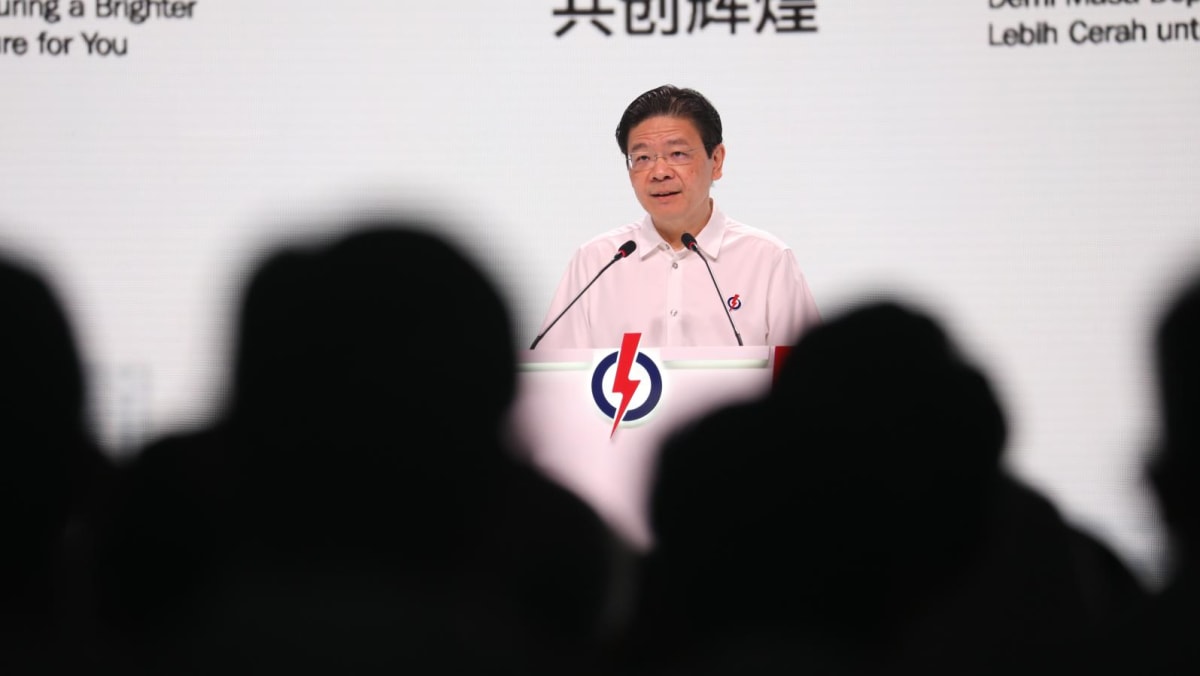SINGAPORE: The past few days have provided another reminder of the unusual and rapidly changing nature of US President Donald Trump’s signature trade agenda.
Two courts have struck down the use of tariffs as a policy tool. A quick appeal has, in turn, temporarily allowed the administration to continue to collect tariffs on imports. Fentanyl-related tariffs and the universal application of 10 per cent reciprocal tariffs are still in effect.
The sudden legal uncertainty has thrown foreign trade partners into disarray. On Apr 2, Mr Trump imposed reciprocal tariffs on all US trade partners at levels between 10 to 50 per cent. One week later, the White House paused tariff collection above 10 per cent for 90 days to allow time for negotiations.
This window is expiring in early July, leaving governments scrambling to find a deal to keep higher assessments from taking effect.
TRUMP LOVES TARIFFS
The only constant in this volatile situation is Mr Trump’s love for tariffs.
His justification for using tariffs has varied. He likes that tariffs result in revenue flowing into the US federal budget. He thinks tariffs will encourage foreign firms to invest in the United States and return domestic manufacturing jobs back to a heyday of the 1950s. He believes that tariffs provide leverage to get foreign governments to negotiate over a range of trade and economic irritants.
On his first day in office, Mr Trump used a specific domestic tool, called the 1977 International Emergency Economic Powers Act (IEEPA), to impose tariffs against China, Canada and Mexico for failure to effectively manage fentanyl. He used the same statute on Apr 2 to introduce reciprocal tariffs.
But on May 28, the Court of International Trade (CIT), a specialised court system in the United States to manage economic cases, ruled against the president for his use of IEEPA.
In the eyes of the court, IEEPA was incorrectly used because neither fentanyl nor bilateral trade deficits in goods constitutes an emergency, and IEEPA does not allow the president to impose tariffs as a remedy. Another court in the District of Columbia reached similar conclusions.
Both courts asked that tariffs be removed within 10 to 14 days and that presidents refrain from the use of IEEPA in such a manner in the future.
Both legal cases have been unfolding largely behind the scenes for months. Observers were caught off guard, however, by the speed with which both delivered verdicts. The unanimous verdict of the CIT panel, which included judges appointed by three different US presidents, strengthened the impact of the court’s assessment.
While some of Mr Trump’s inner circle have argued that the decisions should be seen as a minor bump in the road, the willingness of the legal establishment to take on the executive branch and deliver a sweeping verdict suggests that checks and balances against the president’s power on trade and economic policy still exist.
The Trump administration quickly filed an appeal and asked for a stay of the lower court decision pending legal outcomes in the case. This stay has been granted and the examination of IEEPA authority is likely to end up before the Supreme Court.
UNCERTAINTY OVER US TRADE POLICY
Given that these IEEPA-imposed tariffs may be overturned in a few weeks or months, it is not clear whether governments should continue to negotiate, slow the process of talks, or simply wait until there is greater clarity on the future application of reciprocal tariffs.
Regardless, tariffs will continue to be applied by Mr Trump. The courts have ruled on IEEPA, but have left in place Section 232 tariffs for national security and Section 301 tariffs for unfair trade practices.
Section 232 tariffs are already in place for products with metals, autos and auto parts. Seven more categories of goods, including pharmaceuticals and semiconductors, are waiting to be rolled out. Section 232 cases are global in nature, affecting all US trade partners.
Section 301 is in effect with China from Mr Trump’s first term in office, with a new use of the legal provision recently for shipbuilding. The administration also has a range of other domestic trade tools that could be tried, such as Section 122, which allows the use of 15 per cent tariffs for a limited time period.
Even the withdrawal of all IEEPA tariffs would leave the US with significantly elevated tariffs in place. Prior to Mr Trump’s return to the White House, average tariffs were approximately 2 per cent. They have now soared to 18 per cent largely because of Section 232 tariffs.
The past few days have highlighted the highly unusual and uncertain nature of trade, with US tariff policies that can be applied, suspended or postponed in a matter of hours. The uncertainty surrounding trade and tariffs is, unfortunately, set to continue.
Deborah Elms is Head of Trade Policy at Hinrich Foundation.

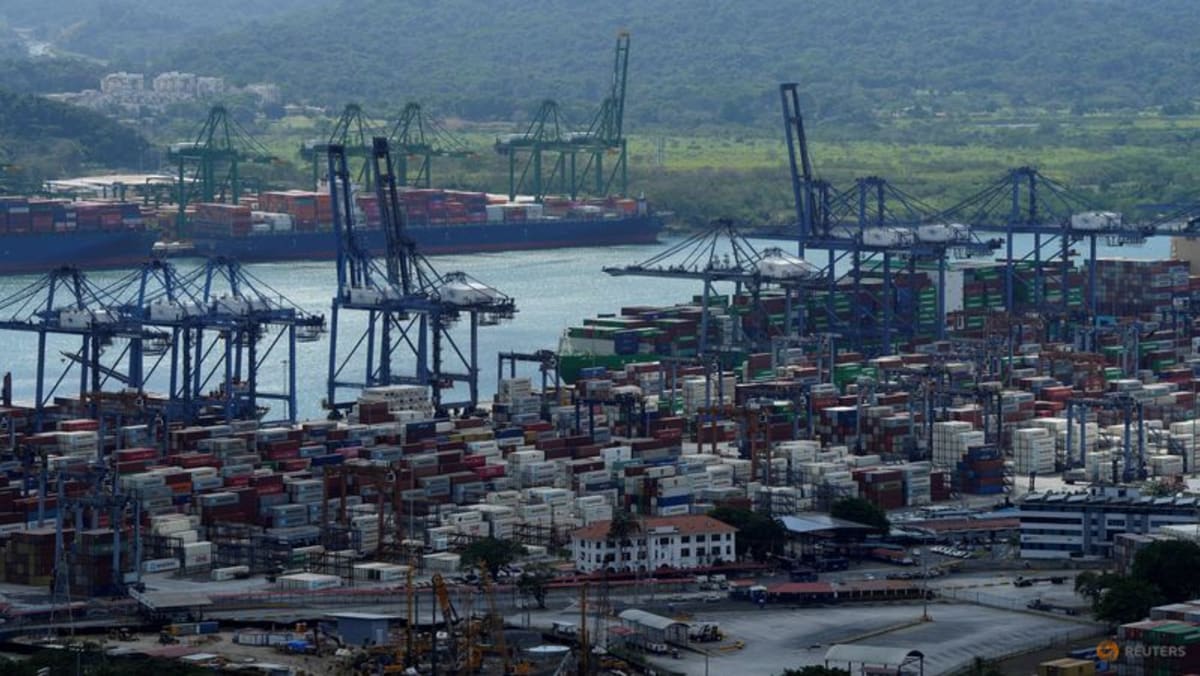


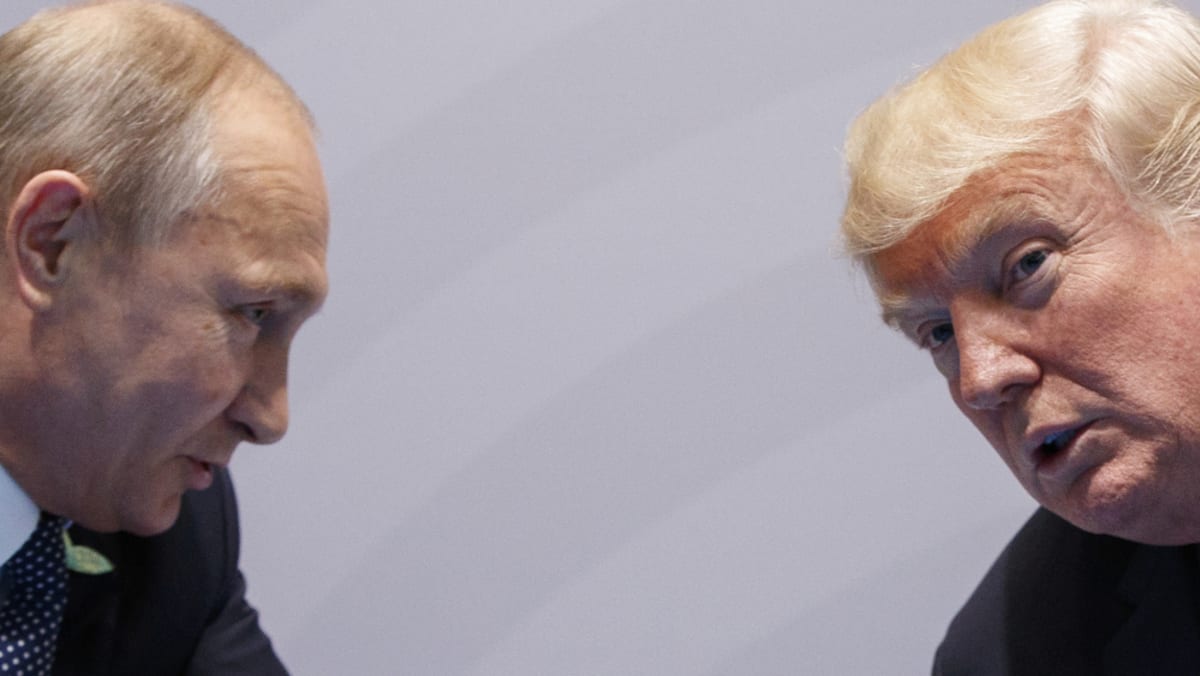
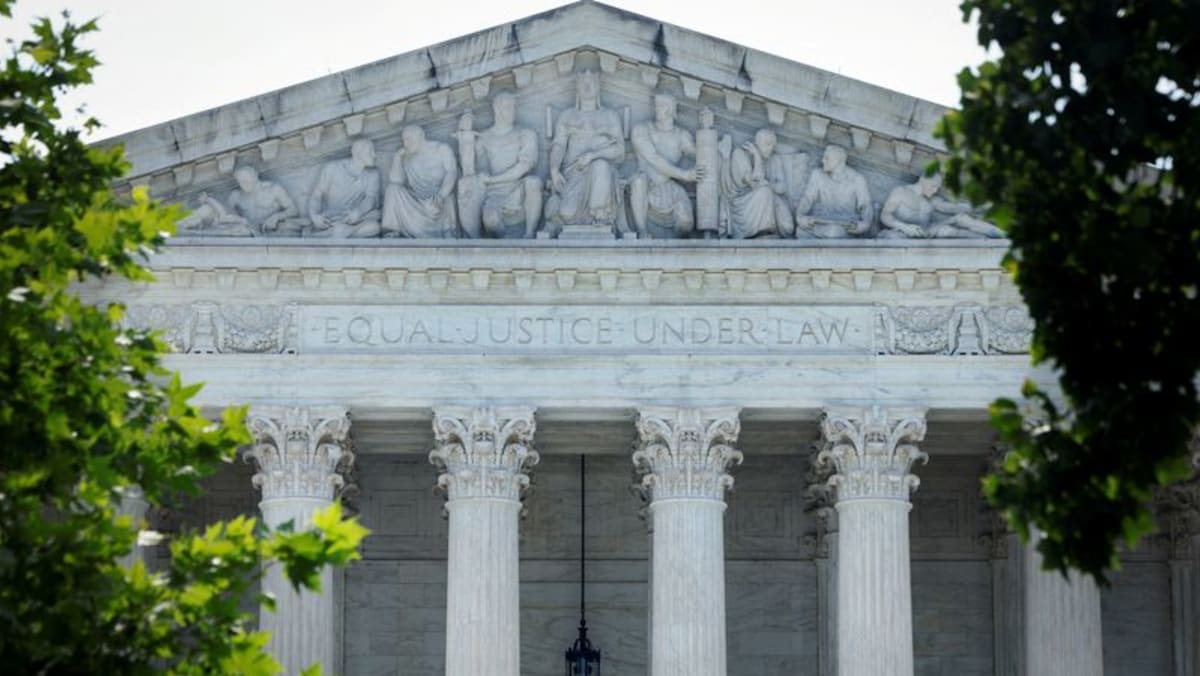
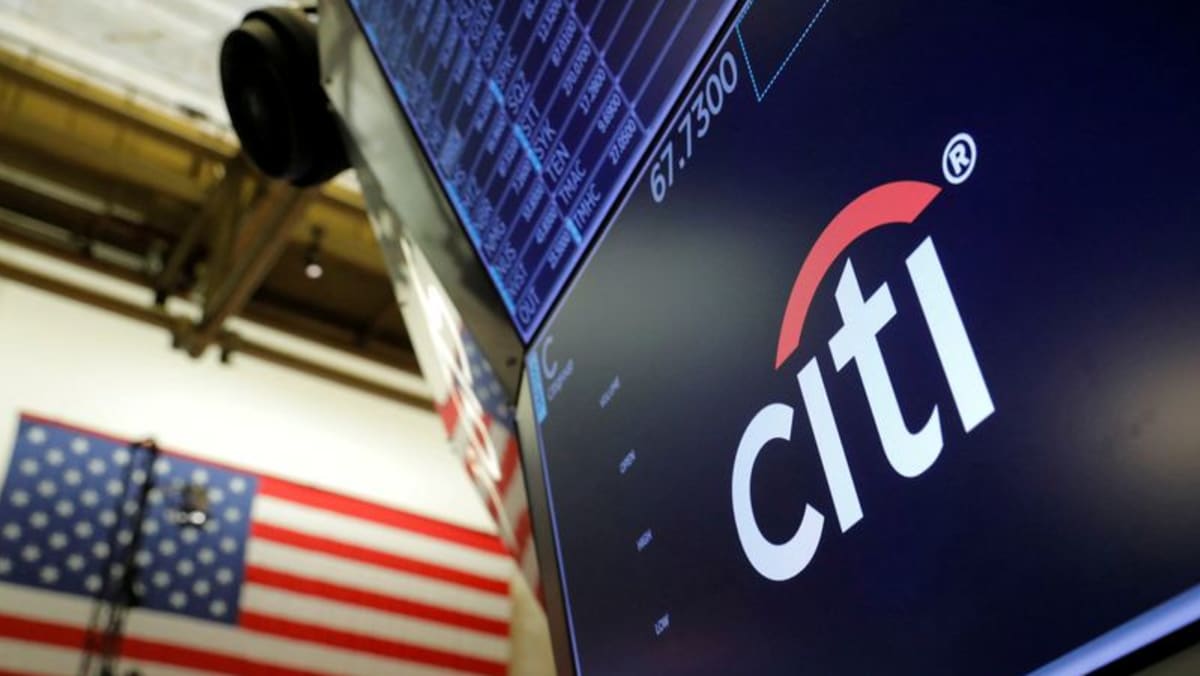
























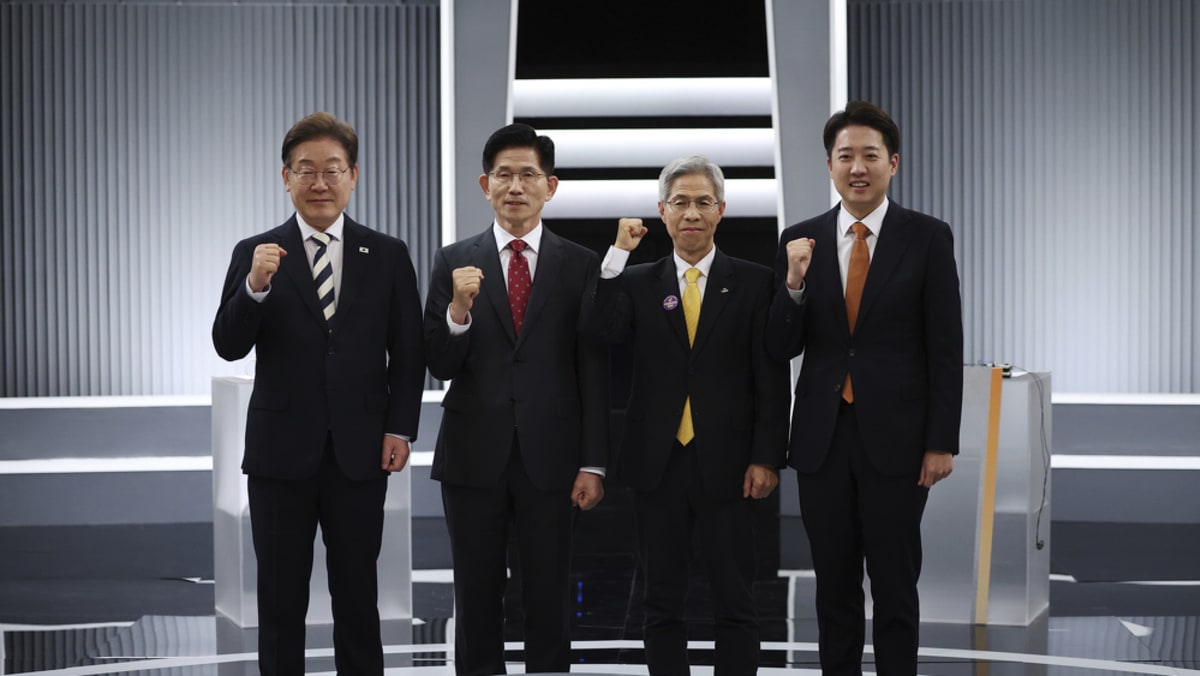

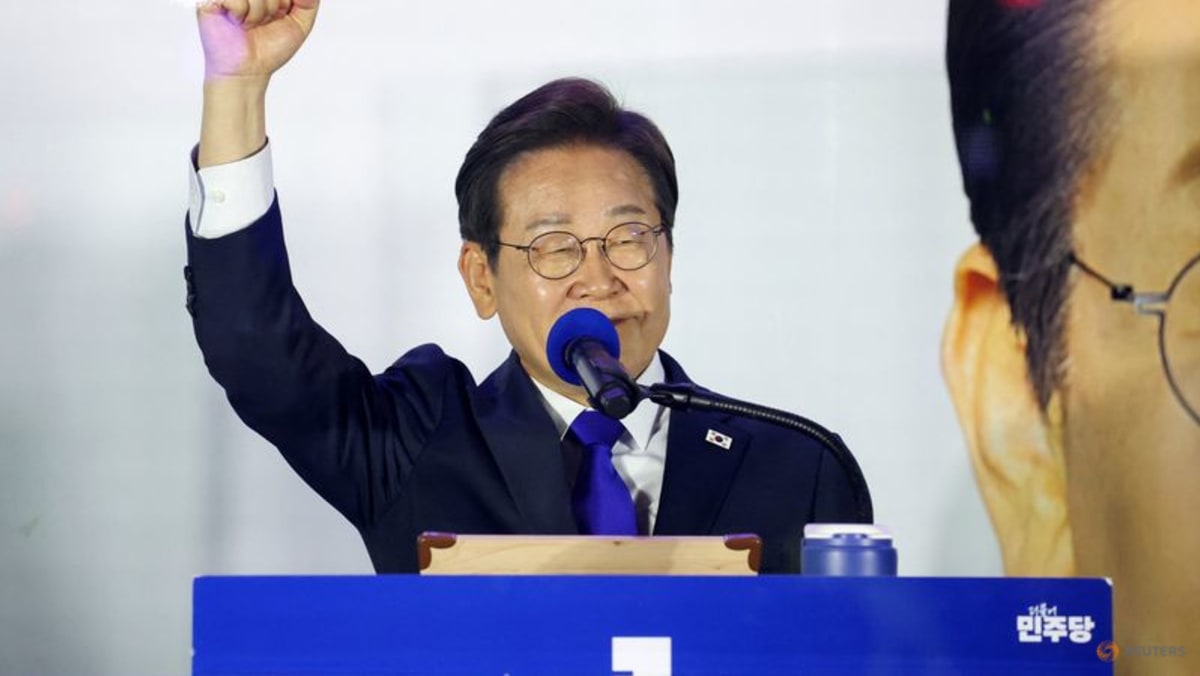
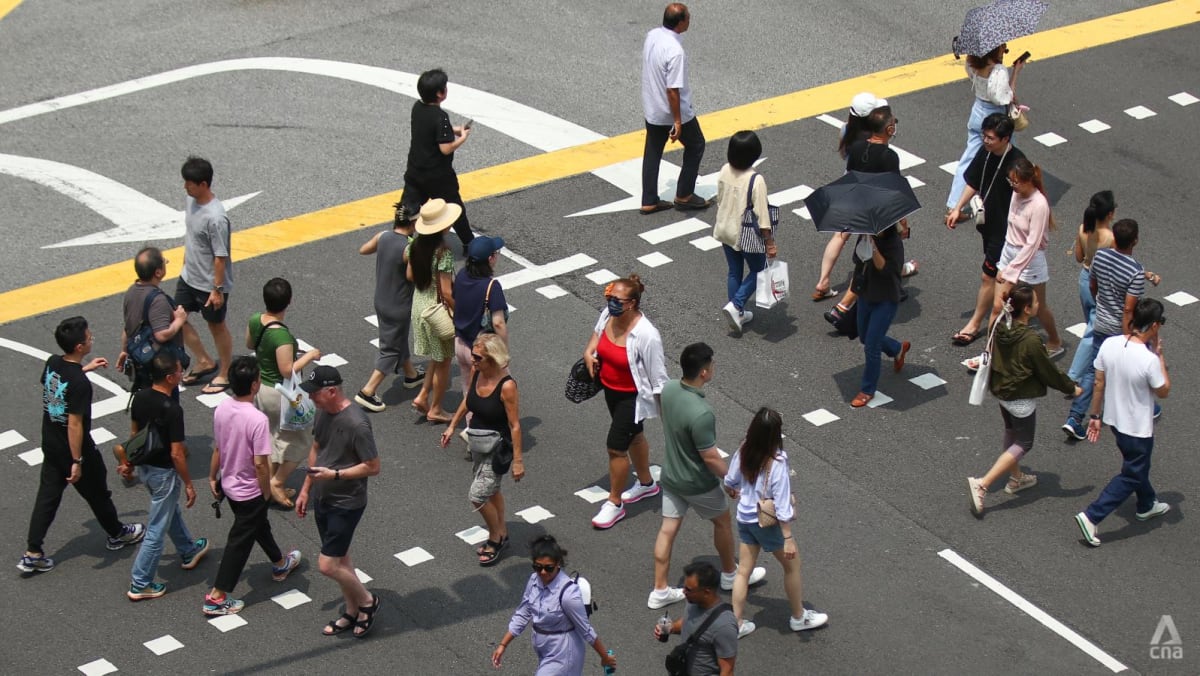
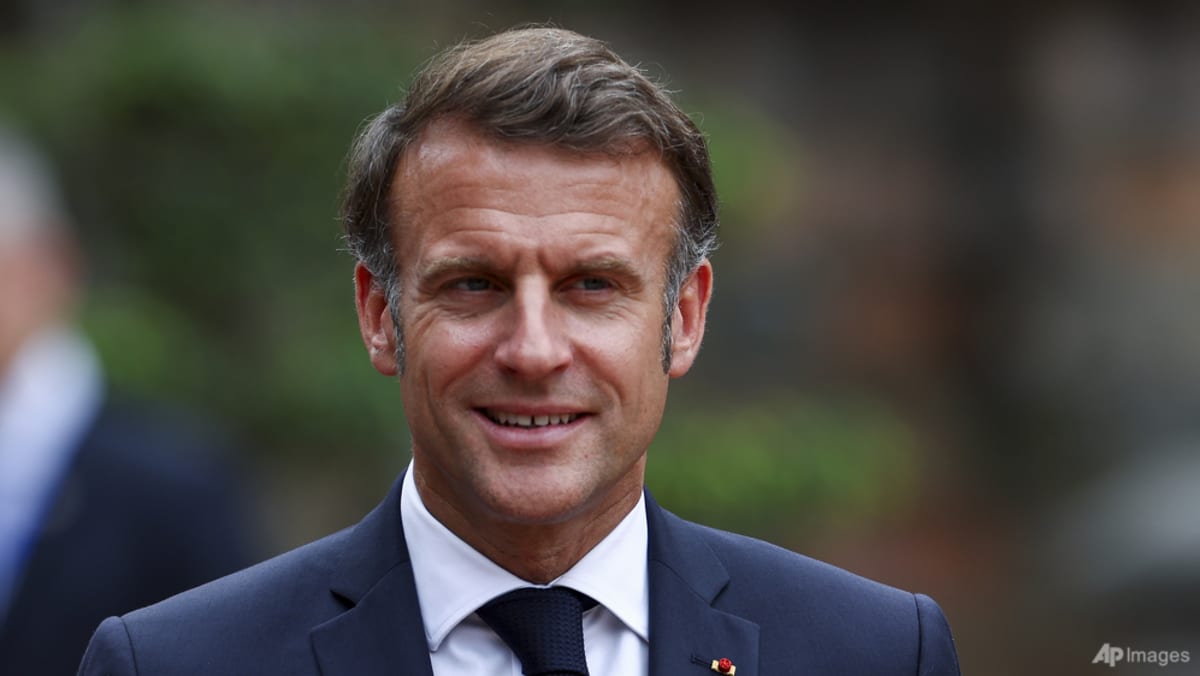





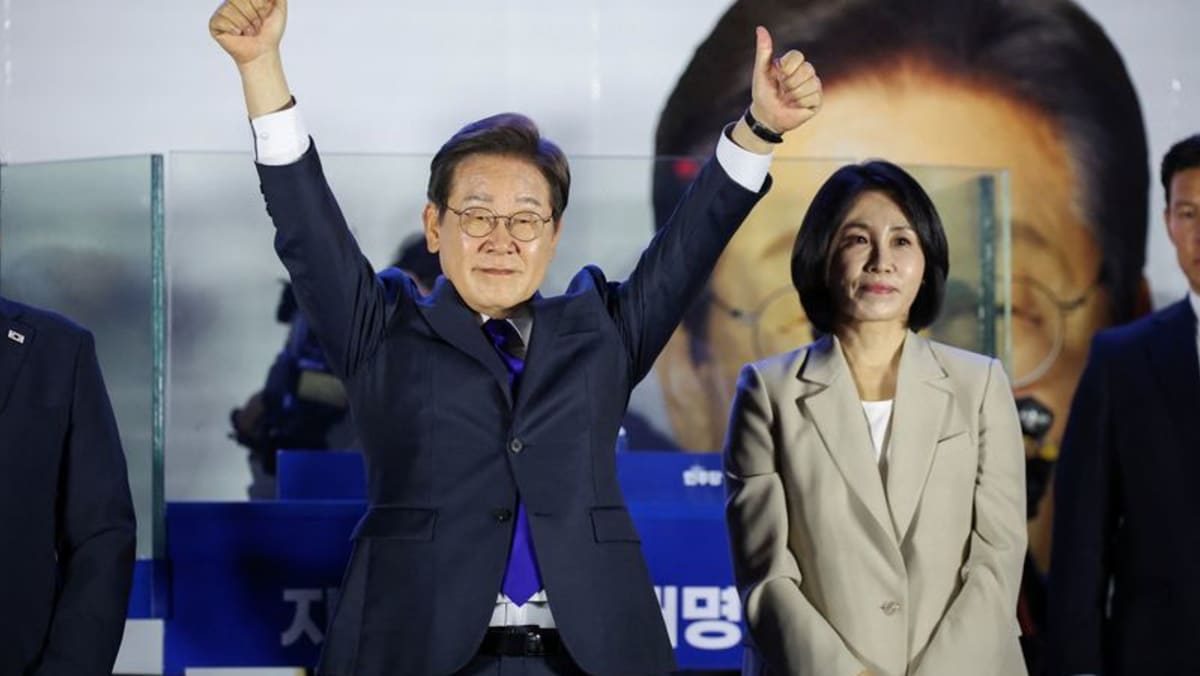



.png?itok=erLSagvf)




